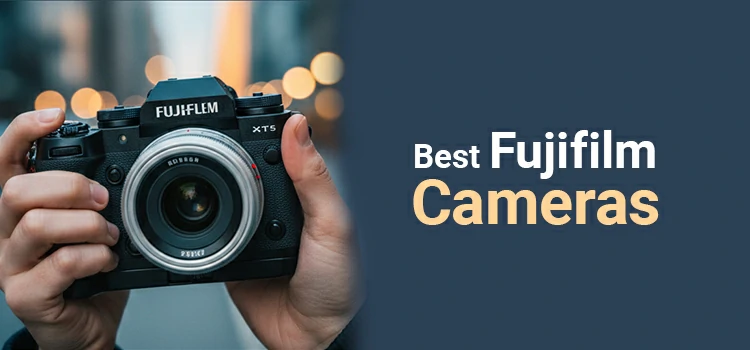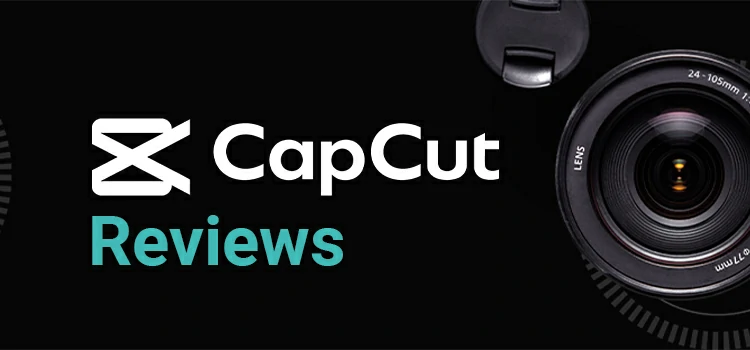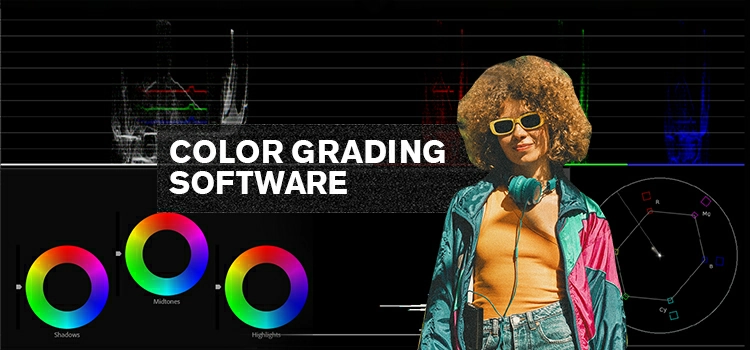Best Travel Tripod: Expert Reviews & Tips

If you love photography and travel, a good travel tripod is a must-have accessory. It helps you take sharp, stunning photos. And, it does this by stabilizing your camera, especially in challenging conditions.
In this blog, we’ll review 9 popular travel tripods perfect for photographers on the go. We picked these tripods based on key features and pricing. These features include how light and easy they are to carry. Also, how sturdy and durable they are.
Let’s dive in and find the best travel tripod for your adventures!
1. Manfrotto Befree Advanced

The Manfrotto Befree Advanced is cool with its tough aluminum body and small size. It has this neat M-lock system that lets you adjust the legs quickly and securely. Plus, it rocks a 494 ball head for smooth moves and keeping your camera steady. And don’t forget the leg angle selectors for quickly changing your shooting height.
Pros:
- Lightweight and compact, ideal for travel.
- Quick setup and breakdown with the M-lock system.
- Reliable stability and robust construction.
Cons:
- Might be heavy for ultra-lightweight travel enthusiasts.
- Price point is higher than some entry-level tripods.
Price-range: Mid.
2. Gitzo Traveler Series 1

The Gitzo Traveler Series 1 has earned a reputation for its ultra-lightweight carbon fiber construction and compact form factor. It features a G-lock leg-locking mechanism for quick and secure adjustments. The tripod also has a reversible column. It is for mounting the camera upside-down, which is ideal for macro photography.
Pros:
- Extremely lightweight and durable, thanks to carbon fiber.
- Compact enough for hassle-free packing.
- Excellent stability, even on rough terrain.
Cons:
- High price point compared to other travel tripods.
- Limited height might not suit all photographers.
Price-range: High-end.
3. Peak Design Travel Tripod

The Peak Design Travel Tripod revolutionizes design. It minimizes space with a compact, column-less build. It’s made from carbon fiber or aluminum and features a low-profile ball head with a single change ring for simplified use.
Pros:
- Extremely compact design, fitting into a daypack.
- Quick to set up and adjust, with innovative leg locking.
- Versatile ball head supports large DSLRs and mirrorless systems.
Cons:
- The unique design might need a learning curve.
- Premium pricing, especially for the carbon fiber model.
Price-range: High-end.
4. Joby GorillaPod 5K Kit

The Joby GorillaPod 5K Kit has flexible, wrappable legs. It has tough construction. It can hold professional cameras up to 5kg (11lbs). Besides, it features a versatile ball head along with a quick-release plate. This feature is perfect for on-the-go adjustments in tough places.
Pros:
- Mount this extremely versatile device on virtually any surface.
- Portable and lightweight, ideal for adventurers and vloggers.
- Strong enough to hold heavier DSLR cameras.
Cons:
- Not suitable for traditional tripod needs with its lower height.
- Flexibility can compromise stability in some situations.
Price-range: Mid.
5. Sirui T-025X Carbon Fiber Tripod

The Sirui T-025X crafting process uses carbon fiber, which makes it lightweight and easy to carry. It features a C-10X ball head and twist lock legs for quick deployment. Its compact design does not compromise on height, offering a decent maximum height for comfortable shooting.
Pros:
- Ultra-lightweight and compact, making it excellent for travel.
- Good height for a travel tripod.
- Carbon fiber build offers great stability.
Cons:
- Relatively lower load capacity compared to larger tripods.
- May be less stable in very windy conditions.
Price-range: Mid.
6. Benro Travel Angel

The Benro Travel Angel earns its reputation for its reversible folding leg design, making it compact for transport. It is made of aluminum or carbon fiber. It has a removable monopod leg. And it has a triple action ball head for precise control.
Pros:
- Convertible to a monopod for additional flexibility.
- Compact and sturdy, suitable for travel and outdoor use.
- Available in various sizes and capacities to suit different needs.
Cons:
- Aluminum version can be slightly heavier than the carbon fiber.
- Some users find the twist locks less quick to operate than flip locks.
Price-range: Mid.
7. Zomei Z699C Carbon Fiber Tripod

The Zomei Z699C tripod is super light and strong because it’s made from carbon fiber. You can easily switch the legs with its twist lock system. Also, you can set it up fast with the ball head and quick-release plate. Plus, you can flip the center column for cool close-up photos and macro shots.
Pros:
- Very lightweight, making it ideal for extensive travel.
- Affordable price point for a carbon fiber model.
- Stable and reliable for its weight class.
Cons:
- Some users may find the twist locks require extra time for setup.
- It is not as robust as higher-end models. This might affect performance under heavy loads or in tough conditions.
Price-range: Budget to mid.
8. 3 Legged Thing Leo

The 3 Legged Thing Leo is a small tripod. It is versatile and has a high load capacity for its size. Made from carbon fiber, it features modular functionality allowing it to transform into a monopod or even a tabletop tripod. It includes a patented Tri-Mount plate. This plate allows for multiple mounting options.
Pros:
- Highly versatile with multiple configurations.
- Compact and lightweight, yet strong enough to support larger camera setups.
- Stylish design with color options.
Cons:
- Higher price point due to its advanced features and materials.
- The small size might not be suitable for all users, especially taller photographers.
Price-range: High-end.
9. Vanguard VEO 2 GO 265HCBM

The Vanguard VEO 2 GO 265HCBM is a high-performance travel tripod. It has an innovative central column that can be set to any angle and allows for limitless camera positioning. It also includes a ball head with an Arca-Swiss compatible quick-release system.
Pros:
- Ultra-lightweight and compact for easy travel.
- Versatile central column for unique shooting angles.
- Can be quickly converted to a monopod.
Cons:
- While sturdy, it may not be as stable as larger tripods in harsh conditions.
- Some photographers may prefer leg angle selectors for stability. They are traditional and unlike the central column.
Price-range: Mid to high.
Suggested Article-
What to Look for in a Travel Tripod
When shopping for a travel tripod, several key features must be considered. Here’s a straightforward guide on what to look for in a travel tripod:
Weight and Portability: One big thing to think about is how heavy the tripod is. You’ll need something easy to carry all day. Also, see how small it is when folded. The tinier it is, the simpler it’ll be to pack in your bag.
Durability: Your tripod needs to handle all the bumps of travel. Try to find tripods made from tough stuff like carbon fiber or aluminum. These materials make sure the tripod is strong and easy to carry.
Stability: A good travel tripod must be stable. It must support your camera, even in wind or on uneven ground. Check the maximum load capacity to make sure it can handle your camera and lens setup.
Ease of Use: Consider how quickly and easily you can set up and adjust the tripod. These features include quick-release plates. They also have intuitive leg locks and flexible leg angles.
Height and Ergonomics: Make sure the tripod extends to a height that fits your needs. Look for one with adjustable legs. They let you shoot at lower angles or on uneven ground.
Price: Travel tripods come in many prices. Some are budget-friendly, others are high-end. Decide how much you’re willing to spend considering the features that are most important to you.
How to Check Compatibility with Existing Camera Gear
Here’s a straightforward guide to help you ensure that your tripod and camera are a good match:
1. Check the Mounting System
Most cameras have a regular 1/4-inch screw at the bottom that fits any camera tripod. Just make sure the quick-release plate or mount on the tripod matches this screw size.
There are different kinds of tripod heads like ball heads, pan-tilt, and gimbals. Each one lets you move your camera in different ways. Just pick the one that fits how you like to shoot and the size of your camera.
2. Evaluate Load Capacity
Each tripod can hold up a certain amount of weight. Make sure to match the weight of your camera and lens with the tripod’s weight limit. This is super important to keep your gear steady and make your tripod last longer.
3. Consider the Base Plate Compatibility
Many tripods have a quick-release system with a special plate that connects to your camera. These plates come in different shapes and sizes. If you have more than one camera or like using different tripods, get a universal quick-release system.
4. Assess Physical Connectivity
If you use remote triggers, external monitors, or other camera accessories on the tripod, make sure there is enough space by the camera’s ports.
5. Examine Special Features for Compatibility
Some tripods have cool stuff like a column you can make taller or turn into a one-legged stand. Make sure these extras can still hold up your camera properly.
Make sure you can attach cool stuff like lights, microphone holders, or extra arms. Check if the tripod has the right hooks or spots to connect them.
6. Brand Compatibility
Some tripod brands make heads, plates, or other accessories. These work best with specific camera brands or styles. Even though it’s not as common with newer tripods, it’s a good idea to see if they have any recommended compatibility tips.
7. Field Testing
Test the tripod with your camera before you snag it, or grab it from a store with a solid return policy. That way, you can check if they vibe well together without any surprises popping up.
Is It Allowed to Carry a Tripod On an Aircraft?
Yes, you are generally allowed to carry a tripod on an aircraft. But how you do so depends on a few factors, including the airline’s policies and the size of your tripod.
Carry-On Luggage
Compact travel tripods fold down small enough. They can usually fit in a standard carry-on bag. Check your airline’s carry-on size rules. Make sure your tripod fits within them.
If your tripod is little, it’s smart to double-check with the airline. You can also search for your country’s security rules. Some security folks might see a tripod as a possible weapon because of how it looks and is made.
Checked Luggage
If your tripod is too big for your carry-on or if it doesn’t fit, you’ll have to check it. When you check your tripod, make sure to protect it well. Put it in a tough case or wrap it up in your bag. This way, it won’t get damaged when it gets handled.
Consider your airline’s baggage weight and size limitations. Tripods add weight to your checked luggage. This is especially true for heavier or professional-grade models.
Final Thoughts
Choosing the right travel tripod can improve your photography. It will help you capture sharp and stunning images wherever you go. We’ve reviewed a variety of tripods, each with unique features to suit different needs and preferences.
Consider your specific photography style. Also, consider the places you shoot in and how much gear you’ll carry. Don’t forget to check customer reviews and, if possible, test a few models to find the perfect fit for your needs.
Happy shooting!







